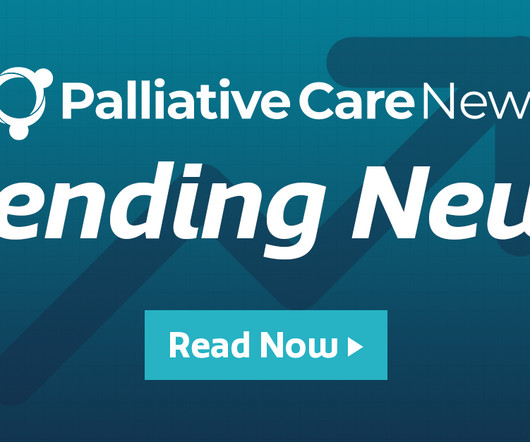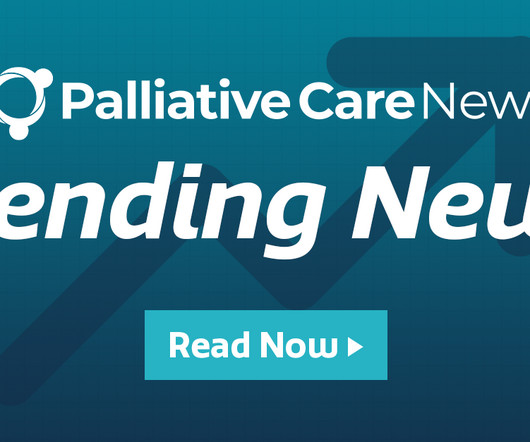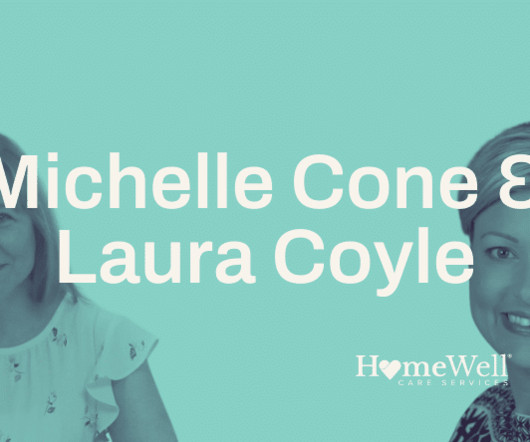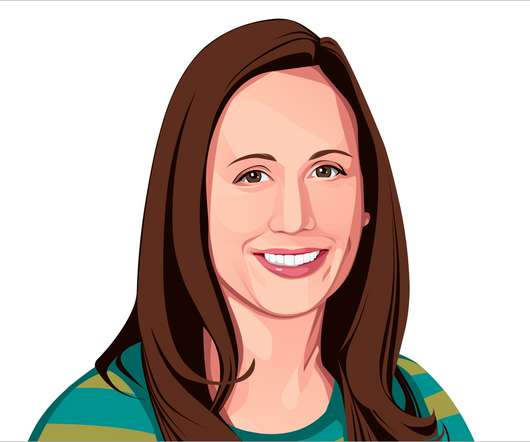5 ‘Hidden Gem’ Palliative Care News Stories in 2024
Hospice News
DECEMBER 27, 2024
Palliative care providers are becoming a larger part of improving outcomes among patients with rare diseases by helping to address nonmedical needs, symptom management, care coordination, spiritual support and ensuring goal-concordant care delivery.














Let's personalize your content